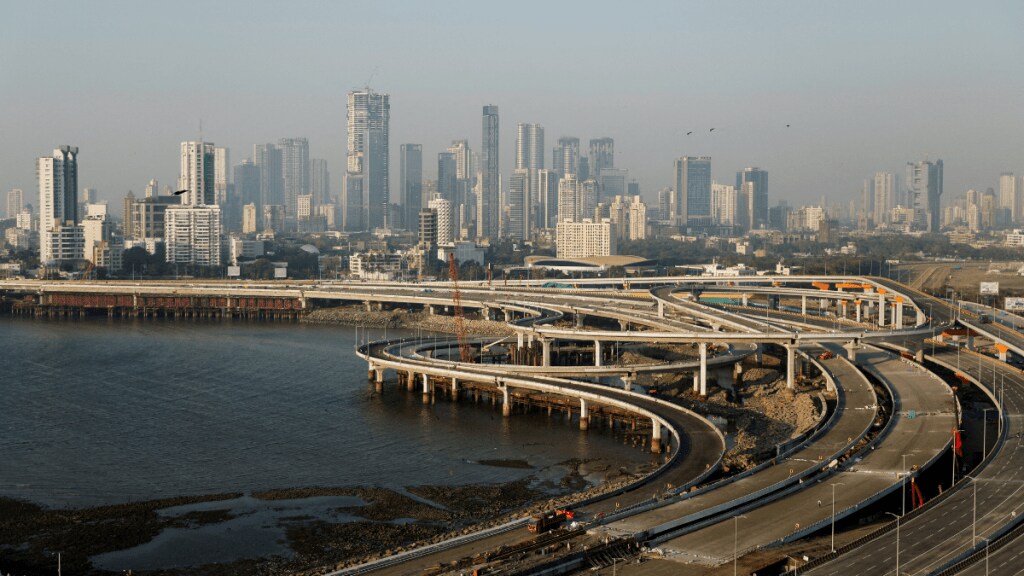By- Mohammad Athar (Saif)
As the new government has swung to action, the forthcoming Union Budget is expected to provide direction clear direction towards India’s run up to the ‘Viksit Bharat’. Infrastructure has long been the backbone of India’s growth story and will continue to play a crucial role. The development of infrastructure brings a synergy between economic expansion, productive investments, job creation, and poverty reduction. Also, the influx of capital in the infrastructure sector facilitates key sectors and ensures continued economic growth.
The Government of India has continuously increased its capex in recent years; the capex budget in the interim budget stands at ₹ 11.1 lakh crore compared to FY16’s capex budget of ₹ 2.6 lakh crore, and a major chunk of it goes into the infrastructure sector. India needs to ramp up the infra spending to 8.5-9% of the GDP to meet the growing infrastructure demand. Though the higher government capex spent is targeted to crowd in private investment, so far, the response from the private sector has been muted.
Considering the current scenario, the government’s target to increase capex and attract private investment into the infrastructure sector needs a policy relook. The prevalent Viability Gap Funding (VGF) scheme or other direct fiscal supports, need to be ably supported by targeted policy interventions.
In the recent past, the majority of the projects in sectors like road and metro have primarily been implemented either through EPC mode or through annuity mode. Thus, most of the project life cycle cost is being borne by the government.
In this scenario, to address the underlying risks and challenges related to user demand or in order to ensure affordability the absence of cost-reflective user charges, the government may explore the option of setting up a demand guarantee or revenue assurance mechanism for improving the viability of the projects. Such interventions will safeguard the interests of both private and government stakeholders, send a positive signal to the market which will eventually enhance the infrastructure financing landscape in the country. This kind of intervention could be the key to unlocking private investment and accelerating infrastructure development.
Government in a bid to address the asset-liability mismatch issue prevalent in the infrastructure sector, may consider interventions to enable more investments from the domestic institutional investors. A certain percentage with a ceiling limit of the long-term patient capital available with the insurance companies, pension funds, and other institutional investors can be routed towards the infrastructure sector. Projects with high creditworthiness and strong corporate governance mechanisms may be considered for such investments.
Additionally, the government may consider establishing a framework that ensures the integration of various social and environmental factors and the resilience of infrastructure projects during both the conceptualisation and implementation phases. This will bolster the government’s continuous effort on developing people-centric and sustainable infrastructure development.
This budget will serve as the foundation for the next five years to navigate the complex landscape of infrastructure development. Thus, the budget needs to be aligned with the dynamics of a rapidly changing infrastructure sector, providing a balance between technology, environmental considerations, and financial strategies.
(Mohammad Athar (Saif), Partner and Leader Capital Projects and Infrastructure Development)
(Disclaimer: Views expressed are personal and do not reflect the official position or policy of Financial Express Online. Reproducing this content without permission is prohibited.)

